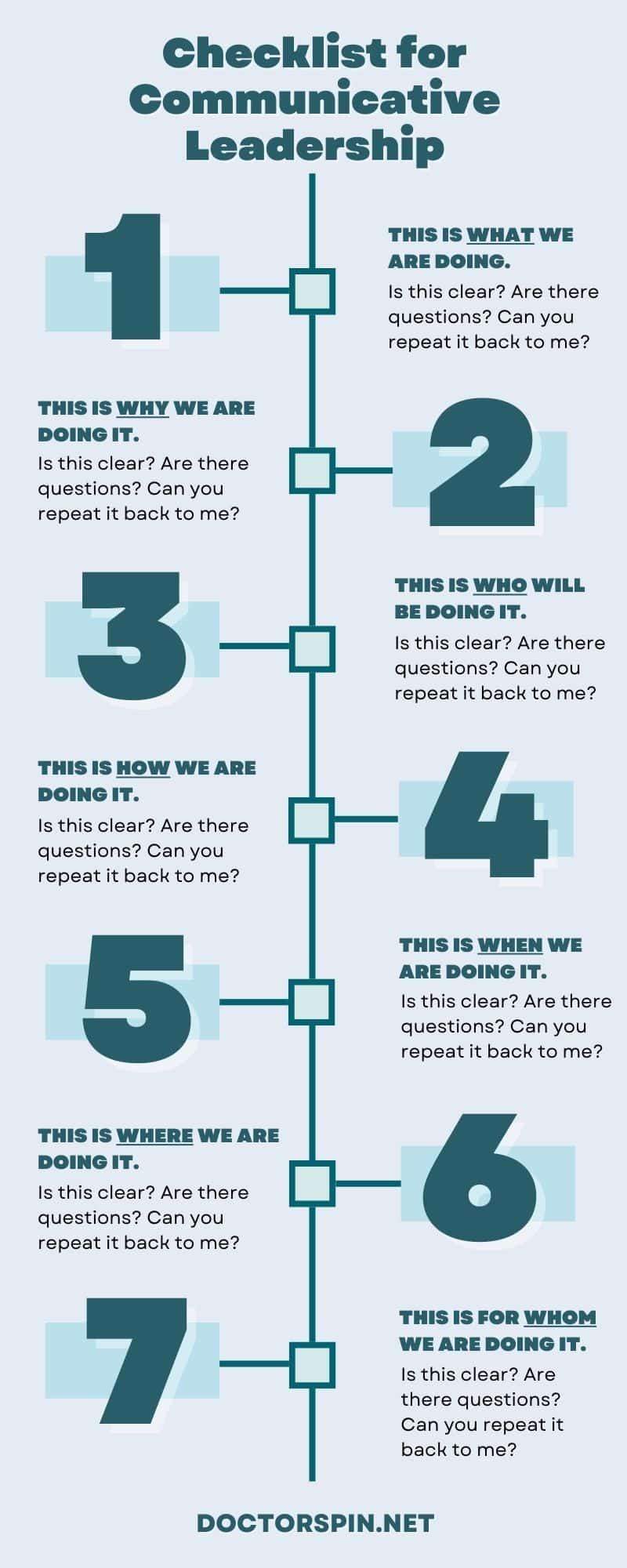I’m no stranger to corporate cringe.
Have you ever been in a situation where you take a step back, look at your company’s messaging, and feel a slight… cringe?
In many cases, it’s not a lack of effort.
Not a lack of strategy.
Not a lack of resources.
No, it’s the lack of something else.
It’s the lack of good taste.
Here we go:
Corporate Cringe
Many corporate texts are written in poor taste. Unlike many other creative professions, corporate communications have somehow forgotten that having great taste is an actual skill.
I sometimes wonder if corporate communications suffer from an industry-wide shortage of good taste.
Here are some typical examples of corporate cringe:
By being aware of these pitfalls, organisations can refine communication strategies to ensure more authentic and effective engagement with their stakeholders, influencers, and publics.
More examples: https://www.reddit.com/r/corporatecringe/
A Difficult Conversation
Perhaps we’re drowning ourselves in corporate cringe since we’ve never had this conversation.
Having worked as a corporate communications adviser since 2005, I’ve told CEOs that their strategies are plain wrong. I’ve told marketers that they’re hurting their brand from short-sightedness. I’ve told communicators that they’ve spent huge budgets on unnecessary activities.
Why? Because clients pay me to be a truth-sayer.
Writing, however, is… a touchy subject.
Tell a head of communications that their corporate communication is cringe, and you’re out faster than their minions can slam the door behind you.
Telling anyone their writing sounds boring is rough — even for me — but it must be done.
If you drench corporate communication with platitudes and uninspired, stale, and corny hyperboles, it does make a difference.
We might adequately plan, execute, and measure our activities, but that won’t matter if our communication activities sound corny.
Good Taste is a Rare — But Important — Skill
Unlike many other creative professions, corporate communications often seem oblivious to the importance of being … tasteful. Our industry’s ignorance of what constitutes good taste is peculiar because we ought to know better.
We are communication professionals, after all.
Tonality isn’t just for copywriters.
Look and feel isn’t just for art directors.
Great taste is a PR skill, too.
But there’s a way out of this poorly lit tunnel of mediocrity. We’re in a position to mitigate cringe-worthy corporate messaging:
If you’re blessed with a colleague with a sense of taste, let them have their say. Don’t allow ego and hierarchy to get in the way of good communication.
Never settle, never give up.
Join the fight against corporate cringe.
Learn more: Corporate Cringe
Speak Human
I speak Swedish, English, and German. But more importantly, I speak human.
We’re all hardwired to communicate emotionally. You and I would have no trouble passing the Turing test. And this is why we all cringe when organisations speak to us in their corporate voice.
Naturally, we feel uneasy when something is trying to communicate with us non-humanly.
Why aren’t today’s PR- and communication professionals more adamant about corporate communication sounding more human?
A few reasons come to mind:
There’s the fallacy of tradition; if an organisation has been doing something in a certain way for ages, then we convince ourselves that it must work well.
Also, corporate tonality is a form of art and, therefore, difficult to quantify.
How do we get it right?
Communication = The Language of Emotions
In PR, metrics and best practices are essential. We think instincts are not to be trusted. But communication is highly situational. Communication is context. While feelings might hinder rational analysis, communication stems from our emotions.
Without that emotional layer, we know something’s off.
It’s human instinct.
Many have spoken to Alexa or Siri. I don’t know about you, but speaking with them … makes me want to stop talking to them. Alexa and Siri have some emotional maturity to do before they pass the Turing test. 1For more on the inventor Alan Turing, I recommend the film The Imitation Game starring Benedict Cumberbatch.
We may be waiting for AI to help organisations write better. Most corporate communication crafted by humans today wouldn’t even pass the Turing test.
As professional communicators, we can convey our corporate messages by the book (as in, “no one will get fired over this”) and still miss the mark by a mile. The PR industry must be cautious about relying upon templates, scripts, clichés, automated messages, jargon, platitudes, hyperboles, etc. No amount of data can support a “textbook approach” in corporate communication.
Emotions will always be our bottom line regarding PR and establishing human connections.
Learn more: Speak Human (to be published)
Platitude Sickness: Trigger List
I hate corporate platitudes everywhere I see them. I swear, a kitten dies every time.
“A platitude is a trite, meaningless, or prosaic statement, generally directed at quelling social, emotional, or cognitive unease. The word derives from plat, the French word for “flat.” Platitudes are geared towards presenting a shallow, unifying wisdom over a difficult topic. However, they are too overused and general to be anything more than undirected statements with an ultimately little meaningful contribution towards a solution.”
Source: Wikipedia 2Platitude. (2023, December 9). In Wikipedia. https://en.wikipedia.org/wiki/Platitude
Here’s my “trigger list” of platitudes:
Getting rid of corporate platitudes is an uphill battle. They are such a waste of editorial space and only lead straight to mediocrity.
Join the resistance!
Learn more: The Platitude Sickness: The Trash of Corporate Writing
The Checklist for Communicative Leadership
Being a great leader can be daunting. However, with effort (and attention to detail), all leaders can practice expressive and precise communication.
How can you ensure your leadership is expressive and precise in practical situations?
As a rule of thumb:
It’s generally better to “over-communicate” (tolerable added effort) than “under-communicate” (substantial added risk).
Make sure to pass these communicative leadership checks:
“Expressive and precise communication styles have a stronger link to leader outcomes than personality traits extraversion and conscientiousness.”
Source: Human Performance 3Bakker-Pieper, A., & Vries, R. (2013). The Incremental Validity of Communication Styles Over Personality Traits for Leader Outcomes. Human Performance, 26, 1 — … Continue reading
Communicative Leadership (Infographic)
Learn more: The Checklist for Communicative Leadership

THANKS FOR READING.
Need PR help? Hire me here.

What should you study next?
Spin Academy | Online PR Courses

Spin’s PR School: Free Writing PR Course
Discover the power of effective PR writing with this free Writing PR Course. Find tips and inspiration. Boost your skills and boost your career prospects today.
Public Relations Writing
PR Writing Inspiration
Learn more: All Free PR Courses
💡 Subscribe and get a free ebook on how to get better PR.

Annotations
| 1 | For more on the inventor Alan Turing, I recommend the film The Imitation Game starring Benedict Cumberbatch. |
|---|---|
| 2 | Platitude. (2023, December 9). In Wikipedia. https://en.wikipedia.org/wiki/Platitude |
| 3 | Bakker-Pieper, A., & Vries, R. (2013). The Incremental Validity of Communication Styles Over Personality Traits for Leader Outcomes. Human Performance, 26, 1 — 19. https://doi.org/10.1080/08959285.2012.736900 |



